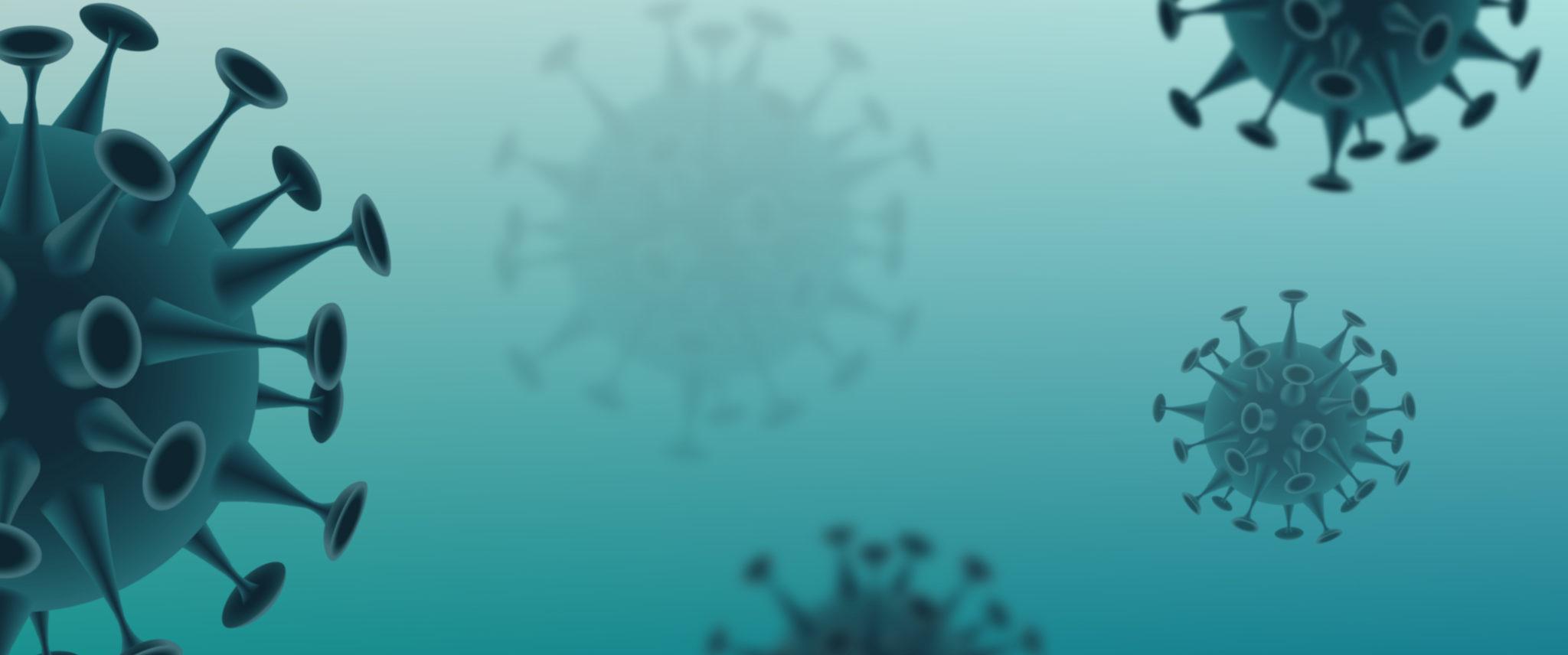
The Behavioural Research unit within the Economic & Social Research Unit (ESRI) that specialises in applying behavioural science to policy and strategically works with multiple Irish government departments and state agencies has recently published a new research paper on how behavioural science can help fight the spread of the coronavirus.
The paper bases its conclusions on more than 100 scientific research papers and breaks up its findings into 7 different topics and actions that governments as well as private individuals can perform. If you are wondering whether reading the paper is worth your time, here is our sum up of some of the important findings in the hope that we may persuade you:
1. Good hand hygiene
Evidence on handwashing shows that educating and informing people doesn’t necessarily make people wash or sanitise their hands [1] [2]. Therefore, further action is required. The paper points out several experiments where simple, cheap and generic interventions can make a substantial difference in ensuring better hand hygiene. For instance, more people use hand sanitisers when they are easily visible, such as by adding colourful signs to them or placing them in unmissable locations as at the centre of entrance halls, the middle of lift lobby areas, or immediately facing doors. These conclusions are also in accordance with our own findings at iNudgeyou, which you can read more about soon.
2. Avoid face touching
According to the Centers for Disease Control and Prevention, avoiding our faces is one of the key actions we can take, on an individual level, to stop the spread of disease [3]. However, the paper has been unable to find any proper scientific studies that evaluate interventions designed to reduce the frequency with which people touch their face. Nonetheless, the paper warns that making people self-conscious about face touching through self-recording, touching increases rather than decreases [4]. Instead, the paper suggests that articulating new norms of acceptable behaviour (as for sneezing and coughing) and keeping tissues within arm’s reach could help.
3. Coping with Isolation
It is well-established in the psychology and public health literature that social isolation has detrimental consequences for wellbeing [5]. In order to cope with the situation, the paper stresses the importance of activating one’s social life online and maintaining routines throughout the isolation period, such as by keeping alarms set to usual times, maintaining working hours, and planning home-based exercise. But remember that these plans must be very specific as that makes them easier to follow [6].
4. Encouraging collective action & avoiding undesirable behaviour
Findings from behavioural science also suggest how to encourage people to act in the public interest and to avoid undesirable behaviours like panic buying or xenophobic responses. As Professor Pete Lunn, Head of the Behavioural Science Unit, puts it: “Some of the most important findings concern collective action – we are all in this together. The evidence shows that public-spirited behaviour is much more likely when there is frequent communication of how we can best help each other and strong group identity, not only nationally but also in smaller groups like workplaces, schools and local communities. Polite social disapproval for those who don’t comply is important too.” [7].
5. Handle crisis communication & risk perception
A primary role of governments and authorities during an epidemic is to inform citizens about risk. However, as risk perceptions are easily biased, such as through framing effects, the availability heuristic, the affect heuristic and more, the government must be aware of how people are biased and their consequences. As fear tends to increase risk perception, it is crucial to balance the need to inform and motivate against the danger of inciting unnecessary fear [8] [9]. The word “unnecessary” is the key here, since fear is to some extent a legitimate force in positively influencing attitudes, intentions and behaviours [10]. However, evidence also shows that empathy appealing messages can be just as, or even more persuasive than fear appealing messages. As an example, using realistic narratives involving loss or pain within personal relationships was found to be just as or more persuasive than fear appealing graphics [11]. Similarly, empathetic framing may strengthen a belief that a community working together is able to mitigate the effects of a crisis [12] [13].
These conclusions are not only of utmost importance now but also in the future when fighting epidemics like this. In this blogpost, we have only summed up some of the many important points in the paper. Therefore, if you would like to know more, you can access the original paper here.
As shown, behavioural science can in many ways help fight the spread of a virus, so we hope the message will spread and please stay safe.
References:
[1] Edwards, R., Charani, E., Sevdalis, N., Alexandrou, B., Sibley, E., Mullett, D., Loveday, H. P., Drumright, L. N., & Holmes, A. (2012). Optimisation of infection prevention and control in acute health care by use of behaviour change: A systematic review. The Lancet Infectious Diseases, 12, 318–329.
https://doi.org/10.1016/S1473-3099(11)70283-3
[2] 13 Wilson, S., Jacob, C. J., & Powell, D. (2011). Behavior-change interventions to improve hand-hygiene practice: A review of alternatives to education. Critical Public Health, 21(1), 119–127.
https://doi.org/10.1080/09581591003786122
[3] Sugar, Rachel. (23/03(2020). Why is it so hard to stop touching your face?. Vox. Retrieved at [02/04/2020]
https://www.vox.com/the-goods/2020/3/23/21185927/face-touching-hard-to-stop-why-coronavirus
[4] Lipinski, D., & Nelson, R. (1974). The reactivity and unreliability of self-recording. Journal of Consulting and Clinical Psychology, 42, 118–123.
https://doi.org/10.1037/h0036059
[5] Holt-Lunstad, J., Smith, T. B., Baker, M., Harris, T., & Stephenson, D. (2015). Loneliness and Social Isolation as Risk Factors for Mortality. Perspectives on Psychological Science, 10(2), 227–237.
https://doi.org/10.1177/1745691614568352
[6] Gollwitzer, P. M. (1999). Implementation intentions: strong effects of simple plans. American psychologist, 54(7), 493.
https://doi.org/10.1037/0003-066X.54.7.493
[7] (12/03/2020). Behavioural science can be used to fight the coronavirus.ESRI. Retrieved at [02/04/2020]
https://www.esri.ie/news/behavioural-science-can-be-used-to-fight-the-coronavirus
[8] Lerner, J. S., Gonzalez, R. M., Small, D. A., & Fischhoff, B. (2003). Effects of fear and anger on perceived risks of terrorism: A national field experiment. Psychological Science, 14, 144-150.
https://doi.org/10.1111/1467-9280.01433
[9] Jin, Y., Austin, L., Vijaykumar, S., Jun, H., & Nowak, G. (2019). Communicating about infectious disease threats: Insights from public health information officers. Public Relations Review, 45, 167-177.
https://doi.org/10.1016/j.pubrev.2018.12.003
[10] Tannenbaum, M. B., Hepler, J., Zimmerman, R. S., Saul, L., Jacobs, S., Wilson, K., & Albarracín, D. (2015). Appealing to fear: A meta-analysis of fear appeal effectiveness and theories. Psychological Bulletin, 141(6), 1178.
https://doi.org/10.1037/a0039729
[11] Shen, L. (2015). Targeting smokers with empathy appeal antismoking public service announcements: A field experiment. Journal of Health Communication, 20, 573-580.
https://doi.org/10.1080/10810730.2015.1012236
[12] Bakker, M. H., van Bommel, M., Kerstholt, J. H., & Giebels, E. (2018). The influence of accountability for the crisis and type of crisis communication on people’s behavior, feelings and relationship with the government.Public Relations Review, 44, 277-286.
https://doi.org/10.1016/j.pubrev.2018.02.004
[13] Shen, L. (2010). Mitigating psychological reactance: The role of message-induced empathy in persuasion. Human Communication Research, 36, 397-422.
https://doi.org/10.1111/j.1468-2958.2010.01381.x
